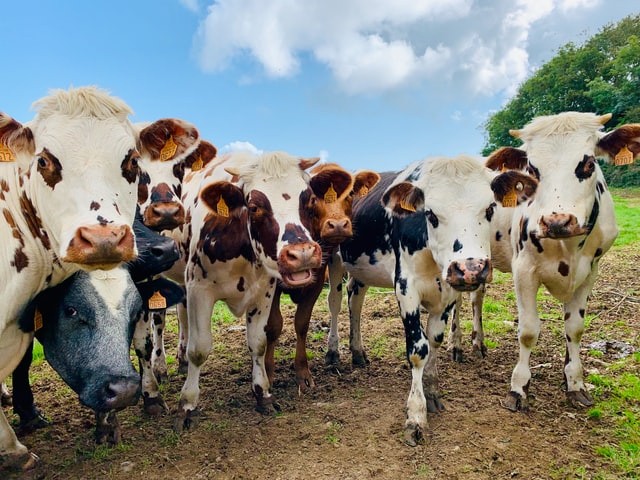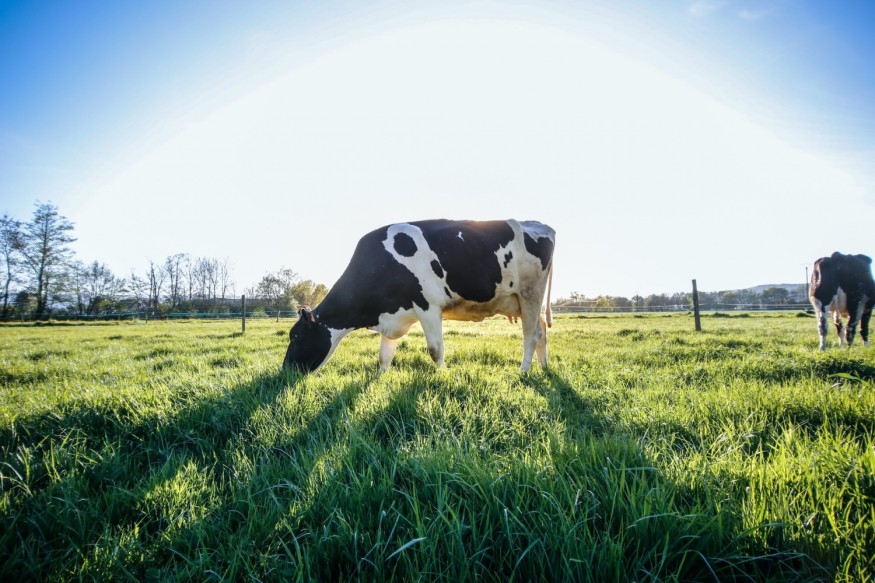According to Irish farmers, cow culling will be required to achieve climate commitments. Critics claim that the government's ambition to reduce agriculture emissions by 25% by 2030 will force many farms into bankruptcy.

Farmer's Despair
A third-generation dairy farmer, Donald Scully, says it makes him pleased to come out and see how healthy and content the cows are. Every cow is unique with its own characteristics.
Ireland's rural areas are reminiscent of the pastoral picture of County Laois's rolling hills, Ballyheyland. Ireland has 7.3 million cattle, which is much more than the country's population of people, and lengthy history with cattle that have given rise to myths, such as the Cattle Raid of Cooley, an epic narrative known as the Irish Iliad. Long into the 20th century, agriculture controlled the economy and shaped the allure of Ireland that persists today.
Cows, however, now stand for something else: a problem related to the climate catastrophe.
Ireland's Emission
Ireland has continued to increase emissions rather than reduce them, with agriculture being the main cause. The majority of the methane linked with ruminant animals' belching, which accounts for the largest percentage of Ireland's 135,000 farms' 37.5% of national emissions in the EU, originates from these farms' production of ruminant animals.

According to a new government strategy, agriculture must lower emissions by 25% by 2030. The objectives for other industries are considerably higher - transportation must cut emissions by 50%, and commercial and public buildings by 40% - but farmers have been the subject of the greatest objections.
Cost of Reducing Emission
According to them, reducing emissions by 25% would force thousands of farms into bankruptcy and could result in the slaughter of hundreds of thousands of cows.
They and their friends claim that the Green party-led coalition government has made rural Ireland the scapegoat and has left farmers with little choice except to cut herds. There haven't been any demonstrations a la Holland thus yet.
The government has previously urged dairy producers to grow to take advantage of the removal of EU milk quotas. The dairy herd increased by over half in the last ten years due to farmer investments in new machinery. 90% of Irish butter, cheese, and other agricultural products are exported, filling global store shelves.
Scully not only increased his herd by five times at Ballyheyland, where he owns 60 hectares (150 acres) of land and rents another 60 hectares in the shadow of the Cullenagh mountain, but he also made it pedigree Holstein Friesian. His cows are free to wander the fields and eat mostly grass, a crucial selling factor that sets Irish food apart from other nations where cows are kept in concrete sheds.
Climate Goals
Scully claims that the job is done around the clock. He hopes his adolescent son will start the fourth generation of Scullys to keep cows, but he warns that climate objectives might endanger the farm's future.
"Everything is moving so quickly, and they need answers right away. He claims that there is a way of life at risk and that sometimes it is preferable to move slowly and accomplish something well. "Until something is gone, you don't miss it at all."
Farmers anticipate that suggested modifications to how methane emissions are calculated, improved productivity, novel technology, and other measures will prevent the need to lower herd sizes.
Read also: Gloom Reality: Even the Most Daring Technologies Can No Longer Reverse Impacts of Climate Change
For more environmental news, don't forget to follow Nature World News!
© 2025 NatureWorldNews.com All rights reserved. Do not reproduce without permission.





